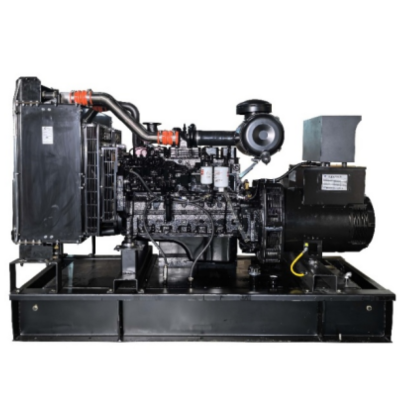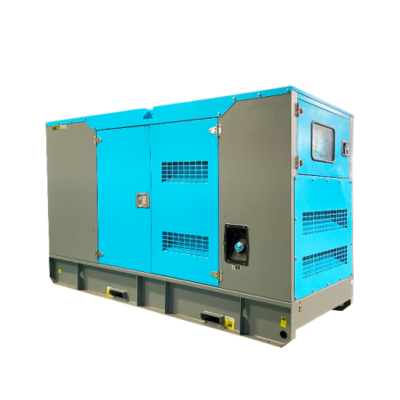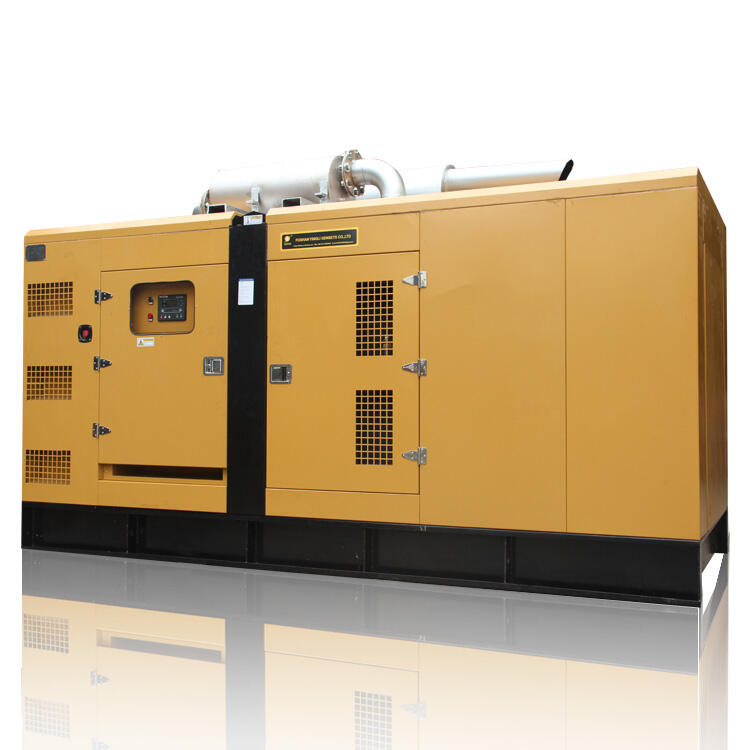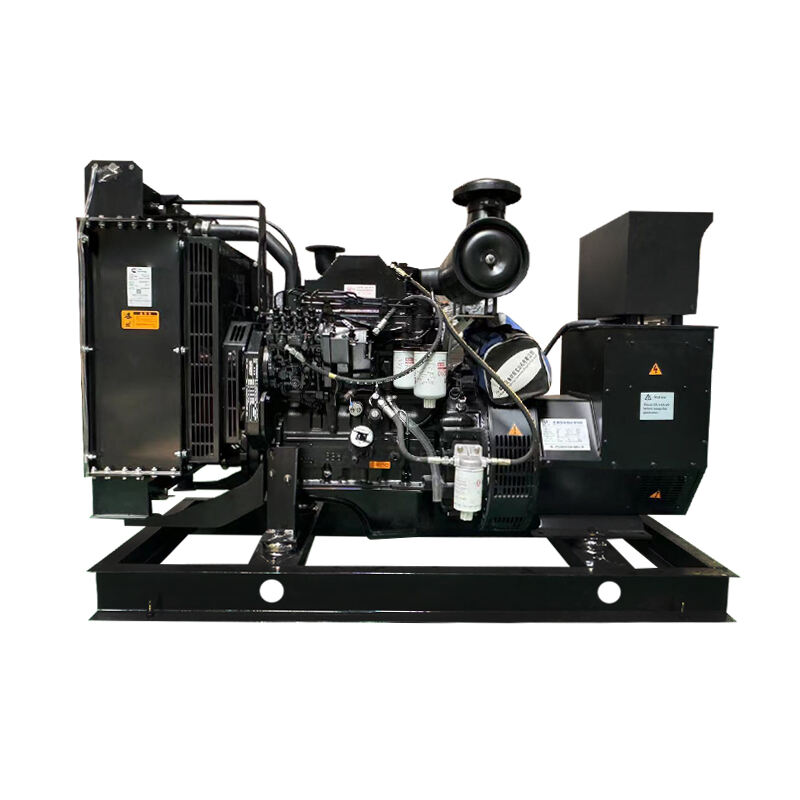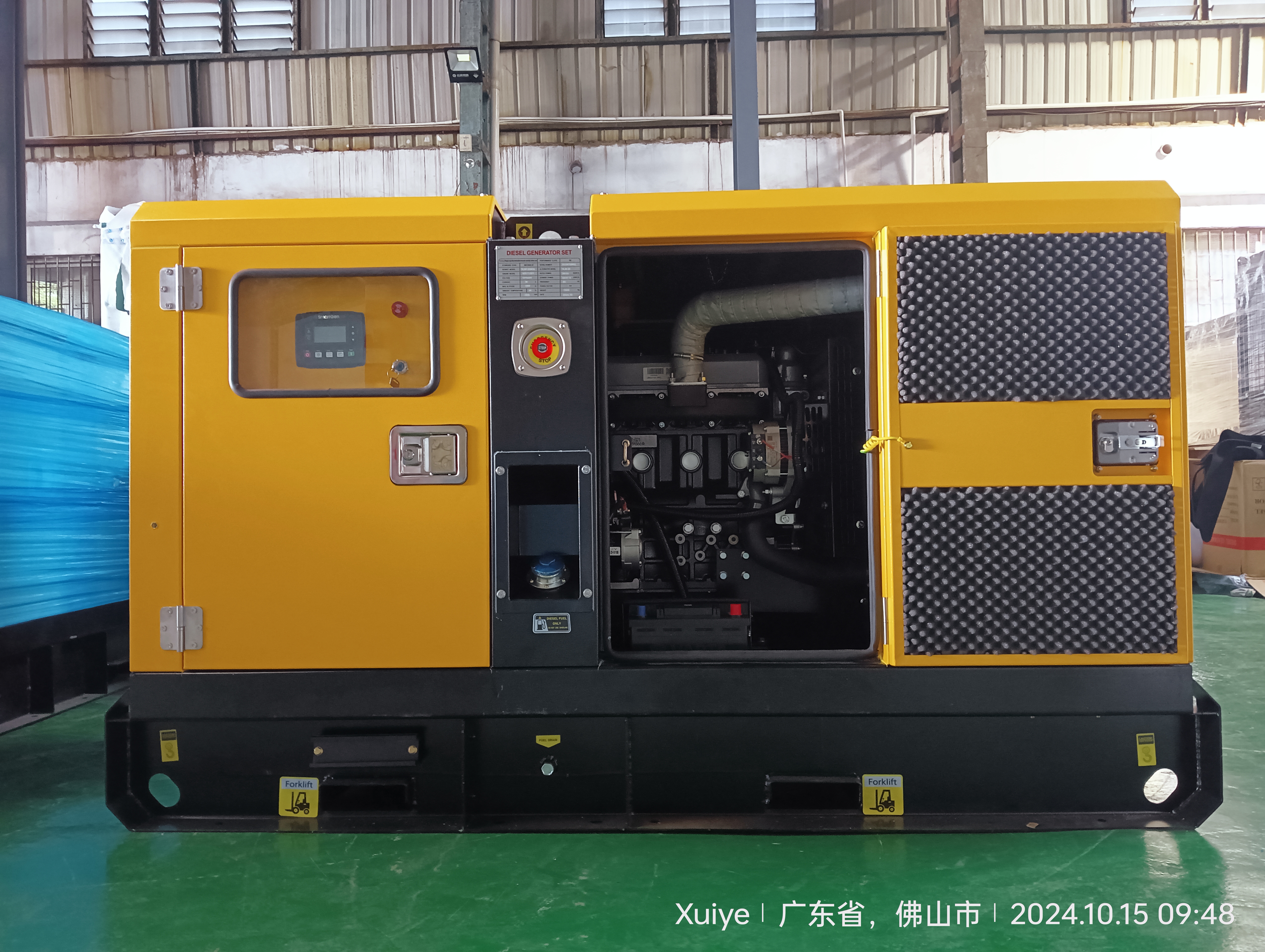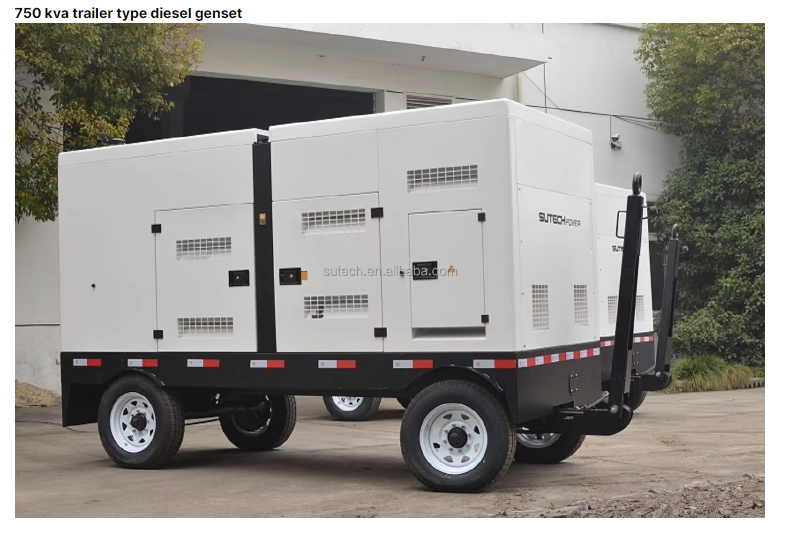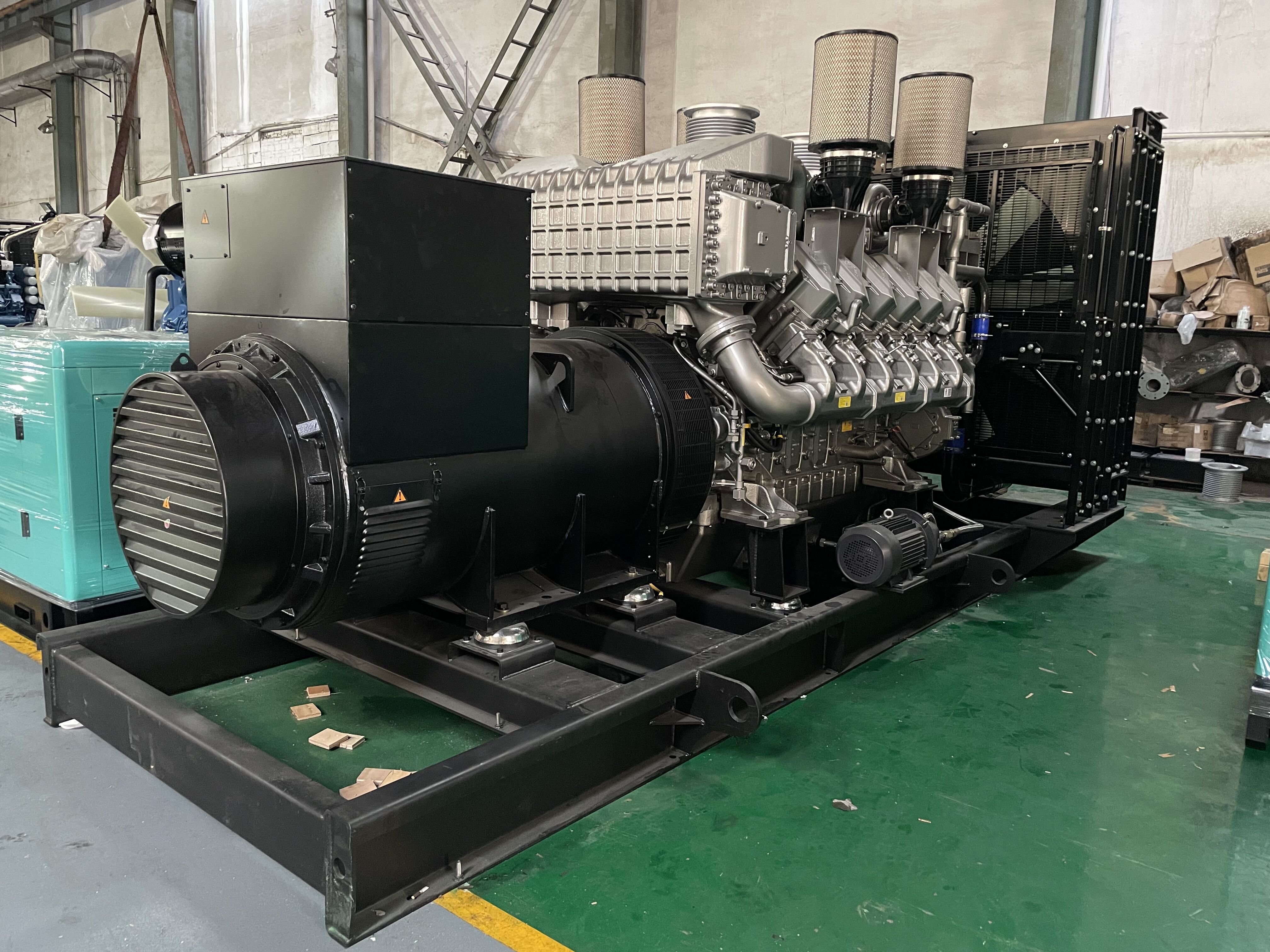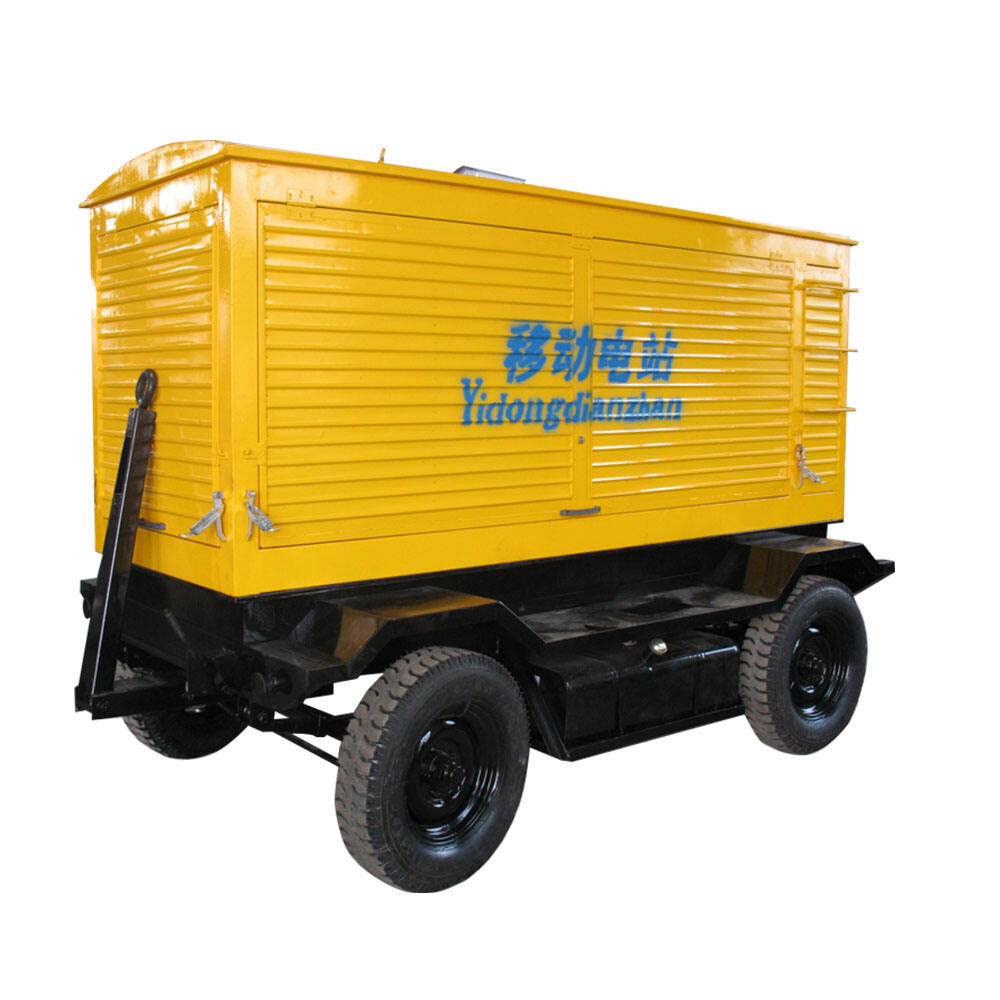power generation operation and control
Power generation operation and control represents a sophisticated system designed to manage and optimize electricity production processes across various types of power plants. This comprehensive system integrates advanced monitoring technologies, automated control mechanisms, and real-time data analysis to ensure efficient and reliable power generation. At its core, the system maintains precise control over critical parameters such as fuel consumption, temperature levels, pressure readings, and power output. Modern power generation control systems utilize distributed control architecture, incorporating multiple processors and controllers that work in harmony to manage different aspects of the generation process. The system employs adaptive algorithms that automatically adjust operational parameters based on changing load demands and environmental conditions. Key technological features include real-time monitoring capabilities, predictive maintenance algorithms, fault detection systems, and automated emergency response protocols. These systems find applications across various power generation facilities, including thermal, hydroelectric, nuclear, and renewable energy plants. The integration of smart grid technologies allows for seamless communication between generation facilities and distribution networks, enabling optimal power dispatch and grid stability maintenance.


